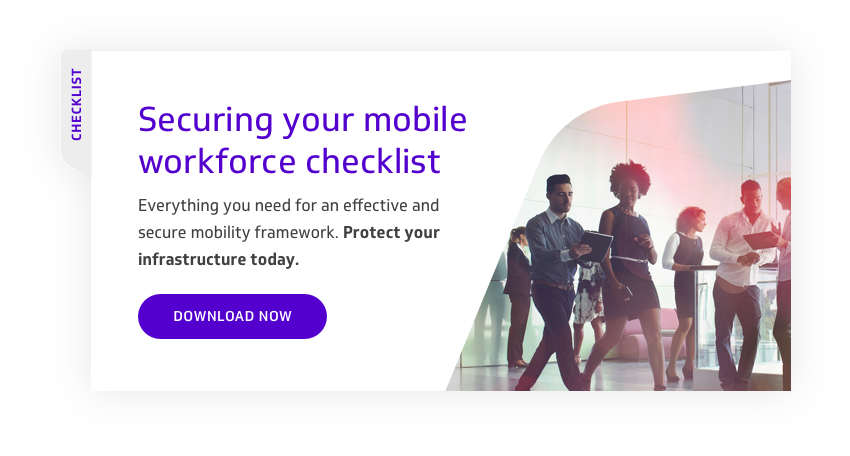Last week’s blog looked at the mobile maturity curve, as discussed in BlackBerry’s white paper, a useful tool to help you understand where you are on your mobile journey, as well as looking to the future and considering the evolving needs of your business. The idea that mobility is a journey is a key theme of the white paper, ways of working are ever evolving; if the right mobility strategy is in place all kinds of productivity gains and efficiencies are felt by the business. This enables growth, which inevitably leads to a change in your mobility strategy, the next phase in your journey moving you further along the mobility curve.
Change is a big part of business – the way we work has changed enormously over the past few years – highlighting the importance of having a future proof mobility strategy in place along with the right solutions to ensure growth is not inhibited. In the fast pace world we work businesses can all too easily get left behind. Considering where your business needs to get to on the maturity curve will aid future planning and delivery.
However as with any journey, getting from A to B will inevitably not be as straightforward as you anticipated, there will be bumps in the road and the journey will not be as smooth as you would have liked it to be.
Thinking early on about the potential barriers or roadblocks that could derail your mobility strategy is a good way to overcome them. In the CIO’s Guide to EMM, BlackBerry identify seven top mobility pain points that you too may wish to consider:
- Security is key – finding a solution to help you secure apps, data and corporate content.
- Thinking about today as well as tomorrow – integrating current business processes and systems with applications that enable the ever changing requirements of the business.
- Security that prevents people doing their job – ensuring systems are secure but not implementing a solution that actually creates inefficiencies and drives people to utilise less secure ways of working.
- Cloud computing – as this becomes a more prevalent way of working a key consideration is securing files across cloud and mobile.
- Security models - understanding and awareness that different applications do not have consistent security models.
- Thinking about future growth – employing solutions and infrastructure that are scalable and flexible.
- Supporting your enterprise – the challenges that come with giving tech support to an entire mobile workforce.
Getting your mobility strategy right is no doubt a challenge but ensuring your plans are future proof, flexible, and acknowledging the hurdles that you need to think about and need to overcome early on, will ensure you enable your business to transform ways and working and drive efficiencies.
Subscribe to our newsletter
YOU MAY ALSO BE INTERESTED IN:




